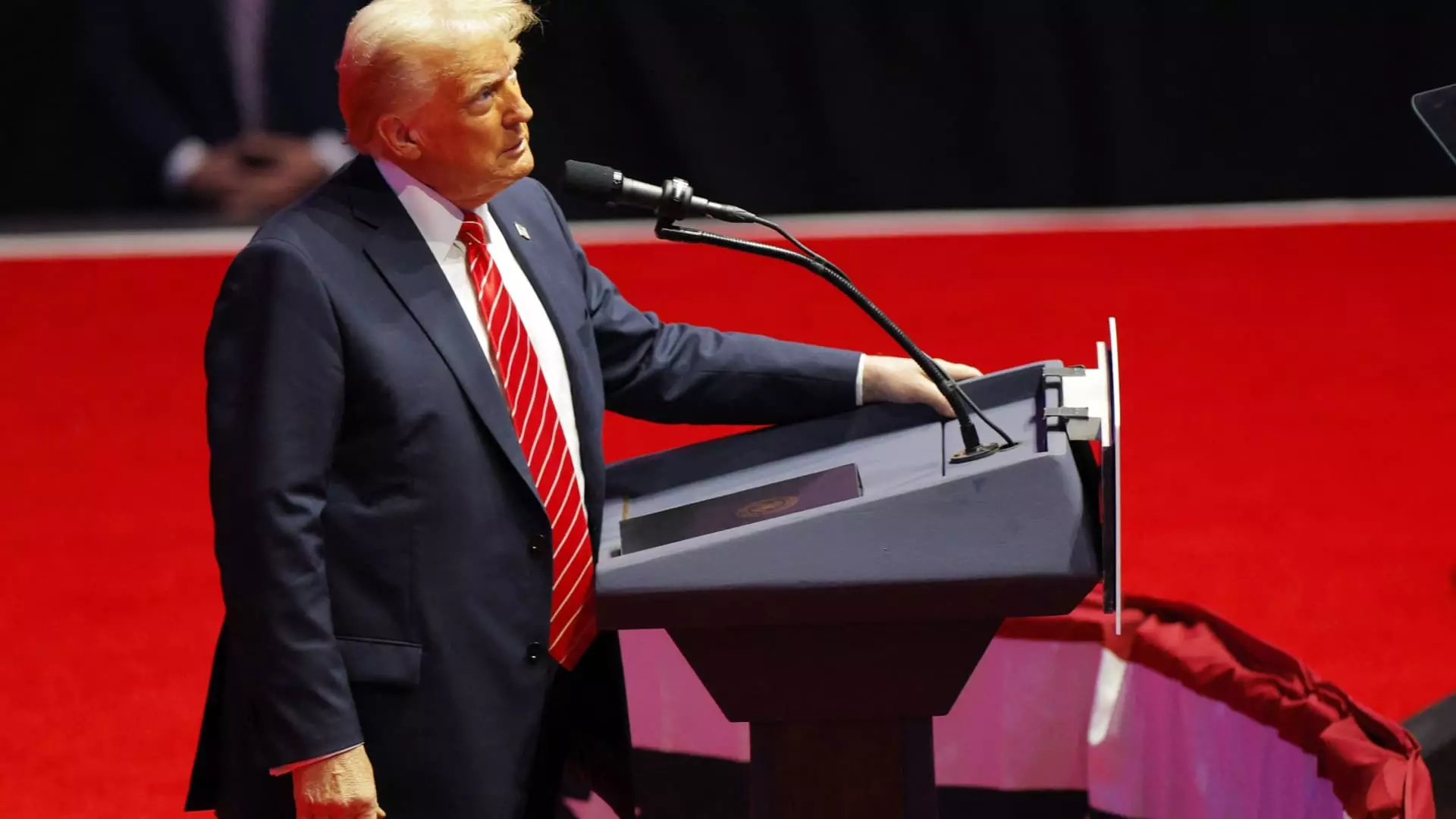As Donald Trump prepares to formally assume the presidency, the business community and global markets are watching closely to see how his administration will impact U.S. trade policies. While many anticipated an aggressive stance characterized by immediate tariff impositions on international trading partners, reports indicate a more measured approach may be on the horizon. Instead of enacting tariffs immediately after his swearing-in, Trump’s first move will be a trade memorandum aimed at gathering information on what his administration deems unfair trade practices, particularly targeting nations like China, Canada, and Mexico.
This pivot suggests a significant shift from Trump’s previous campaign spiel, wherein he wielded promises of sweeping tariffs as tools for protecting American industry. Such stark promises, including a blanket 20% tariff across the board and a startling 60% on imports from China, painted a picture of an administration ready to engage in aggressive protectionism. However, the decision to focus on research and assessment rather than immediate punitive measures could indicate an evolving understanding of the complex ramifications of unilateral tariffs.
Interpreting the Trade Memorandum
The trade memorandum set to be unveiled has generated mixed reactions. Advocates for free trade may view this as a sign that Trump is opening the door to constructive dialogue and negotiation, potentially alleviating fears of an outright trade war. The focus on assessing existing practices could allow for a more informed and strategic approach to trade disputes, rather than the blunt instrument of tariffs that molti economists have warned may lead to increased costs for American consumers.
This strategy may also reflect a learned lesson from the outcomes of past tariff policies, which led to rising prices during a period when the global economy was still stabilizing from the aftershocks of the pandemic. By adopting a more analytical position, Trump may be acknowledging the complicated dynamics of global trade that affect not just consumers but also American businesses reliant on imported goods.
Long-term Implications
While immediate tariffs may be off the table, the groundwork for continual assessment and scrutiny of trade relationships has both short and long-term implications. The decision to study unfair practices could cultivate a more strategic approach to navigating international trade negotiations and may enhance the administration’s leverage in discussions. Yet, it also invites the question of how long this research phase will last and whether it will ultimately lead to actionable policies that resonate with Trump’s preservationist instincts.
As the political landscape evolves and economic pressures mount, it remains unclear whether this approach signifies a shift in ideology or a tactical reevaluation. Trump’s administration will be tasked with balancing protectionist sentiments with the realities of global interdependence. The steel and aluminum industries might breathe a sigh of relief for now, yet they will remain vigilant, watching for the outcome of Trump’s evolving trade policy approach.
While the immediate threat of tariffs looms less prominently in Trump’s first actions as president, the true test will be his ability to balance his economic philosophy with practical realities. As the world watches, the real question will be whether this reflects a temporary pause or a substantive change in his administration’s trade objectives.


Leave a Reply